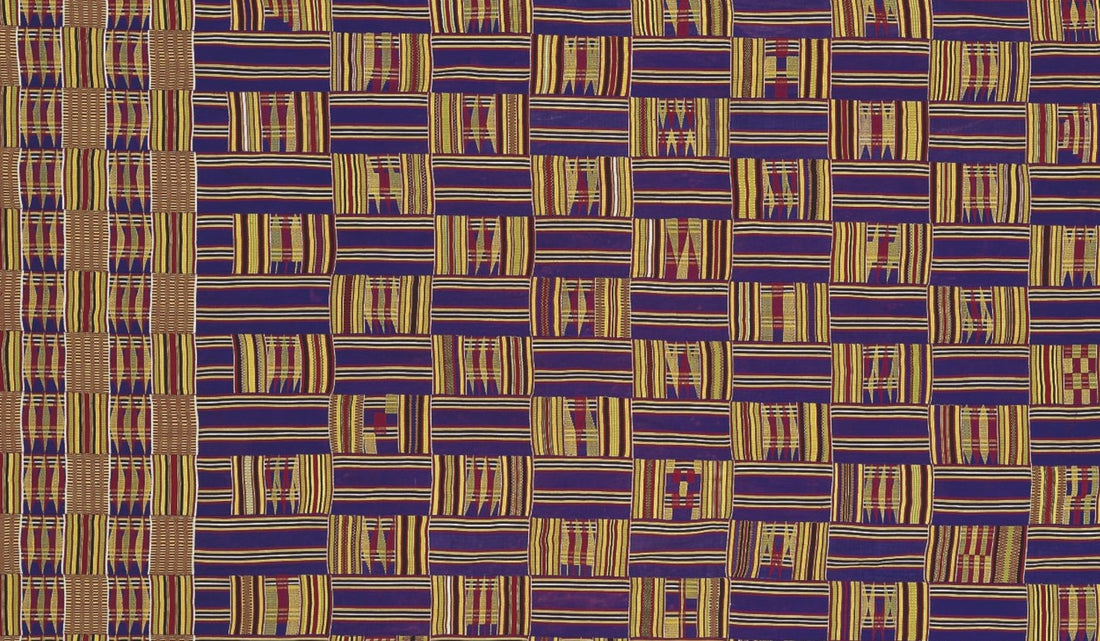
A New You

Image: Strip woven Kente cloth (Mmeeda, 'something that has not happened before') Ghanaian Asante 20th century. Gift of Katherine White and the Boeing Company, Seattle Art Museum. Photo: Paul Macapia.
In our latest issue – Issue 95: Heritage - Theodora Songhai looks at key moments when Kwame Nkrumah, the Gold Coast leader (pre-independence) wore Kente cloth and indigenous textiles “to instil pride and to communicate to the Ghanaian people and to the world”. Here we share an extract.
“The day had finally come. The throng gathered in the capital city to witness an occasion they would never forget. With all eyes watching, it was hard to miss that among the dignitaries, the Gold Coast leader and soon to be the first president of a newly independent country, was dressed differently. He was wearing a cloth indigenous to the region. A deliberate and bold display - the final act of rebellion in the face of an Empire.”

Image: Kwame Nkrumah, Getty Images.
“Up until this point, this leader and his people had been taught many things including that everything native was primitive and backward. This included their languages, their native customs and even the way they dressed. There were no exceptions and included in this edict was the cloth worn by its ruling class. Kente was now considered inferior and deemed inappropriate for use, especially in the public sphere. Yet, in 1960, this leader, Kwame Nkrumah, standing in the face of potential ridicule as the whole world looked on, visually asserted a new found freedom. It was a reminder of all the ways this new nation was remaking itself by reappropriating its rich and ancient heritage. So, with no fear or shame and towering with pride, the bold colours and geometric patterns of the cloth were unmoving in the hot, tropical sun.”

“Kente is one of the world’s most recognisable and iconic cloths, mainly due to its vibrant geometric patterns and colours. It is woven in strips and sewn together with each pattern bearing a particular significance in its colour and design. Much of this significance and visual language has been lost and it is now seen as an item of fashion. However, because of its popularity, particularly among African-Americans, it endures as a symbol of African pride.”
The full article is available in Issue 95: Heritage.
For more information about the cloth pictured, visit Seattle Art Museum.
